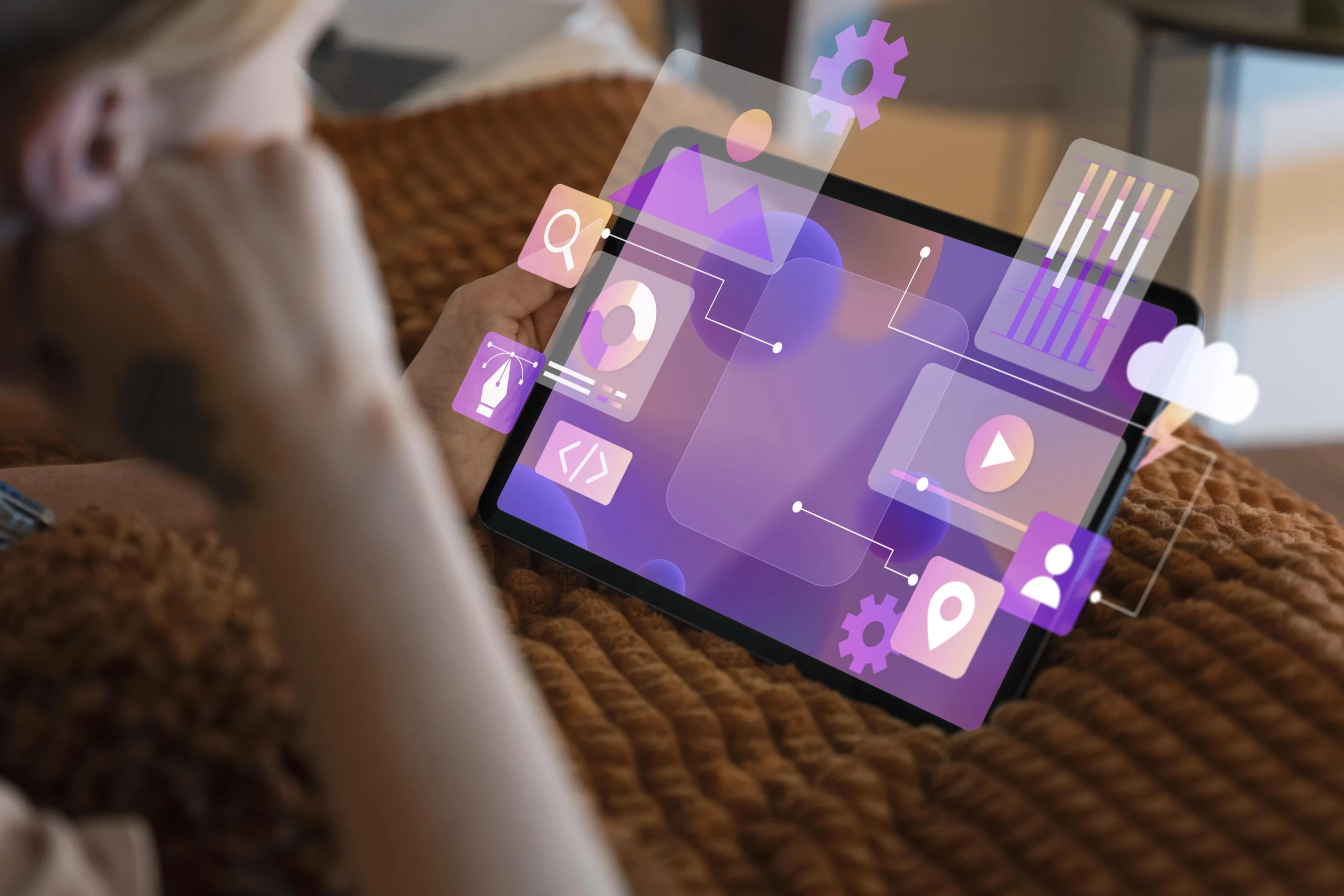In the fast-paced world of digital design, every detail counts, and micro-interactions are no exception. These subtle, often overlooked elements play a pivotal role in enhancing user experience (UX) and engagement. Micro-interactions can be as simple as a button changing color when hovered over or as complex as animated notifications. In this blog post, we will delve into the importance of them, explore their benefits, and provide insights on how to effectively implement them in your designs.
What Are Micro-Interactions?
Micro-interactions are contained product moments that revolve around a single use case. They encompass various interactions, such as button animations, notifications, or feedback messages. According to the Nielsen Norman Group, this technique add a layer of dynamism to static interfaces, thereby enriching the user experience. These small details, although subtle, can significantly impact how users perceive your product or service.

The Value of Micro-Interactions in UX
-
Enhancing User Engagement
They create a sense of connection between the user and the interface. For instance, when a user clicks a “like” button, a small animation may occur, visually reinforcing their action. This feedback is crucial; it informs users that their actions have been recognized. Additionally, research from Smashing Magazine highlights that they can lead to increased user engagement by making interactions feel more rewarding.
-
Providing Feedback
Feedback is essential in UX design, and micro-interactions excel at providing it. They serve as indicators that something is happening in response to user actions. For example, when a user submits a form, a brief animation or message confirming submission enhances the overall experience by providing reassurance. This kind of instant feedback not only reduces user anxiety but also increases trust in the application or website.
-
Guiding Users
They can guide users through complex tasks, making them feel more intuitive. For instance, onboarding tutorials that incorporate them can lead users step-by-step through a process. By highlighting key features or actions, you can minimize confusion and improve usability. The effective use of micro-interactions for guidance can significantly reduce the learning curve for new users.
-
Creating a Delightful Experience
A well-crafted micro-interaction can evoke delight, making a user’s experience memorable. As noted by UX Design, these small details often add an element of fun to otherwise mundane tasks. When users enjoy interacting with your product, they are more likely to return. Incorporating playful animations, subtle sounds, or unexpected surprises can create a delightful experience that resonates with users.
-
Strengthening Brand Identity
They can also reinforce brand identity. By aligning this design with your brand’s personality, you can create a cohesive user experience. For example, a luxury brand might use smooth transitions and elegant animations, while a tech startup might opt for playful, energetic interactions. Consistency helps in establishing a recognizable brand voice, fostering a stronger connection with users.
Best Practices for Implementing Micro-Interactions

-
Keep It Simple
While micro-interactions are essential, it’s crucial not to overdo them. Cluttered interfaces can overwhelm users, detracting from the overall experience. Focus on simplicity and clarity, ensuring that they enhance rather than complicate user journeys.
-
Prioritize Purpose
Each micro-interaction should serve a specific purpose. Whether it’s providing feedback, guiding users, or adding delight, clarity of intent is vital. Before implementing them, ask yourself how they contribute to the overall UX.
-
Optimize for Performance
It should be smooth and responsive. Any lag or delay can frustrate users and diminish the intended effect. Ensure that your animations and interactions are optimized for speed, as this significantly impacts the perceived quality of your product.
-
Test and Iterate
Like any design element, they should be tested and refined based on user feedback. Conduct usability testing to observe how users interact with your designs and identify areas for improvement. Iterating on your micro-interactions will ensure they continue to meet user needs effectively.
Conclusion
In conclusion, micro-interactions may seem like small details, but they play a crucial role in enhancing user experience. By focusing on engagement, feedback, guidance, delight, and brand identity, you can create a more interactive and enjoyable experience for your users. Implementing these elements thoughtfully will not only boost user satisfaction but also increase retention and loyalty.
For further insights into improving UX, consider exploring our blog on User-Centered Design, where we discuss principles that prioritize user needs and enhance overall design.



